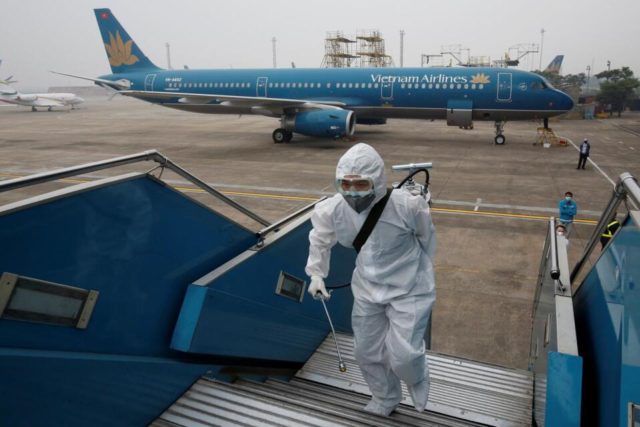The number of people sickened by the corona virus topped 79 000 globally, and wherever it sprung up, officials rushed to try to contain it
THE NEW virus took aim at a broadening swath of the globe this week, with officials in Europe and the Middle East scrambling to limit the spread of an outbreak that showed signs of stabilising at its Chinese epicenter but posed new threats far beyond.
In Italy, authorities set up roadblocks, called off soccer matches and shuttered sites including the famed La Scala opera house. In Iran, a report of dozens of deaths in a single city emerged as infections were reported to have spread for the first time to Iraq, Kuwait, Bahrain, Oman and Afghanistan. Across the world, stock markets and futures dipped, with the Dow down more than 800 points in the opening minutes of trading.
The number of people sickened by the coronavirus topped 79 000 globally, and wherever it sprung up, officials rushed to try to contain it.
“The past few weeks has demonstrated just how quickly a new virus can spread around the world and cause widespread fear and disruption,” said the head of the World Health Organization, Tedros Adhanom Ghebreyesus.
“Does this virus have pandemic potential? Absolutely, yes,” Tedros said, but “for the moment we’re not witnessing the uncontained global spread of this virus”.
Clusters of the virus continued to emerge, including a possible one in Qom, an Iranian city where the country’s semi-official ILNA news agency cited a lawmaker in reporting a staggering 50 people had died of COVID-19, the disease caused by the virus. The country’s Health Ministry rejected that, insisting the death toll remained at 12.
Authorities in Iran closed schools across much of the country for a second day. Movie theaters and other venues were shuttered through at least Friday. And daily sanitising of the metro in Tehran, which is used by some three million people, has begun.
Recognition grew that the virus was no longer stemming only from contact with infected people in China.
“Many different countries around the world may be sources of COVID-19 infections,” said Mark Woolhouse, a professor of infectious disease epidemiology at the University of Edinburgh. “This makes it much harder for any one country to detect and contain.”
China still has the vast majority of cases, but as it records lower levels of new infections, attention has shifted to new fronts in the outbreak.
Chief among them is South Korea, where President Moon Jae-in placed the country under a red alert, the highest level, allowing for “unprecedented, powerful steps” to stem the crisis.
Beyond expanding a delay to the start of the school year from the hardest-hit area of Daegu nationwide, though, it remains to be seen how far the government will go. A Chinese-style lockdown of Daegu – a city of 2.5 million people that is the country’s fourth largest – appeared unlikely, even as signs of the response to a broadening problem could be seen nearly everywhere in the nation.
More than 600 police officers in Daegu fanned out in search of hundreds of members of a church that has been identified as a source for hundreds of infections.
South Korean officials recommended that courts consider postponing trials of cases not deemed urgent.








